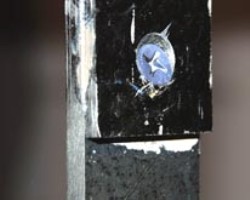Researchers at Universidad Carlos III de Madrid (UC3M) have conducted a study on bolted joints that are used in aeronautical structures. They have found that an optimum force needs to be applied that can enable the structures to resist temperature changes in airplanes. This improvement can enhance the safety, weight and design of an aircraft.
 Optimizing the design of bolted joints in aeronautical structures
Optimizing the design of bolted joints in aeronautical structures
The aircraft’s large structural components features various elements, which are self-assembled using a range of processes, including adhesive or mechanical bonding and soldering. Mechanical bonding is a widely used technique in composite-based components. The Airbus 380’s wing is made of more than 30,000 elements such as washers, nuts and screws with nearly 750,000 bolted joints. The joints produce a weak spot that can lead to element damage and increase the aircraft’s weight, thereby increasing the operating cost of the aircraft. These issues led to the initiation of the UC3M’s research project.
UC3M scientists have developed a mathematical model to examine the influence of bolt force and temperature ranging from -50ºC to 90ºC. The major problem identified by the researchers was the carbon fiber plates that get crushed over the bolt shaft by low torque levels or low temperature. Reduced panel volume and torque effect is observed at -50ºC. Hence, the bolted joints that are subjected to such temperatures need to have a higher torque level for maintaining the effect at even low temperatures. When both torque and temperature are high, the panels produced from composite materials might break.
The research can optimize the design of bolted joints and reduce safety coefficients. This would result in reduced structural weight, fuel consumption and environmental impact. In addition, the operation costs of the airplane can be reduced.
The Mechanical Engineering Department’s Mechanical and Biomechanical Component Manufacturing and Design Technology section and the Department of Advanced Materials Mechanics collaborated to carry out the study.